Item: Halogen VS LED: what differences and which choice in 2025?
Halogen VS LED: what differences and which choice in 2025?
Between new regulations, the gradual end of old technologies, and the rise of LED solutions, it becomes essential to understand the true difference between halogen and LED. Many households still have halogen bulbs installed for years, while LED is establishing itself as the new standard for efficient and durable lighting. This article helps you clearly compare the technologies, their performance, LED consumption, visual comfort, and LED bulb lifespan, to identify the choice best suited to your use and expectations.

Why do we still compare halogen and LED?
Although halogen bulbs have not been manufactured in Europe for several years, many households still have old installations that work perfectly. This coexistence between old fixtures and modern lighting explains why the halogen vs LED comparison remains relevant. Individuals sometimes hesitate to change their installation or keep their buying habits regarding certain formats like GU10 or G9. Understanding the differences between the two technologies allows anticipating the transition and optimizing lighting without losing comfort.
Halogen VS LED: comparison table
To better visualize performance, here is a clear comparison between the two technologies. Halogens, long appreciated for their warm rendering, show high consumption and significant heat, while LED offers stable, durable, and much more economical light. Modern lighting today demands more efficiency and reliability, and this is where LED stands out.
| Criterion | Halogen | LED |
|---|---|---|
| Consumption | Very high (e.g., 50W) | Very low (5–7W equivalent to 50W) |
| Lifespan | ≈ 2,000 h | Up to 25,000 h |
| Price | Low at purchase | Slightly higher but quickly amortized |
| Heat emitted | Very strong | Almost none |
| Brightness | Good but little adjustable | Wide range of flux and renderings |
| Compatibility | Simple and immediate | Requires checking dimmers and sockets |
This table clearly shows that LED better meets current needs: energy efficiency, better light, and varied aesthetic choices, notably through LED color temperature, now standard for customizing atmospheres.
Light performance: understanding halogen / LED equivalence
One of the keys to choosing an LED bulb is understanding how to compare halogen and LED. Halogens were rated in watts, but this number only reflected their consumption. Now, light is measured in lumens: the more there are, the brighter it is. The halogen LED equivalence allows, for example, replacing a 50W halogen with a 5 to 7W LED. Light quality also depends on beam angle and color rendering index (CRI). A modern LED with a high CRI faithfully reproduces colors while offering more precise and controlled lighting than a halogen.
Why are halogens disappearing?
European regulations have ended most halogen bulbs due to their low energy efficiency and high heat production. A large part of the electricity consumed by a halogen turns into heat rather than light, making them obsolete in the face of current energy challenges. Their withdrawal is also linked to domestic safety requirements: the very hot surface of halogens can cause burns or damage to fixtures. LED represents a more economical, safer, and more durable alternative.
LED advantages today
LED has established itself as the reference for modern lighting thanks to a set of key assets: energy efficiency, longevity, light stability, and wide aesthetic choice. Users enjoy precise light, a large choice of renderings, various formats, and increasingly broad compatibility with dimmers. This versatility is the main LED advantage compared to a now outdated halogen technology.

How to replace a halogen bulb with an LED
Replacing a halogen bulb requires checking a few simple elements: the base (GU10, MR16, E27, E14, G9), brightness in lumens, and compatibility with a possible dimmer. Once the correct format is identified, the halogen LED equivalence allows choosing the appropriate LED power. Finally, select a LED color temperature consistent with the room (2700K for a warm atmosphere, 3000K for versatile light, 4000K for functional lighting). These steps allow replacing a halogen bulb with LED easily and without quality loss.
Should you still buy halogens?
In most cases, it is no longer relevant to buy halogens: they consume more and last much less. Only a few particular situations may justify it: restoring an old fixture or seeking an ultra-warm atmosphere difficult to reproduce. Even in these cases, current filament LEDs now offer a very close rendering while benefiting from LED advantages in terms of economy, safety, and durability.
Conclusion
The halogen vs LED match is clearly won today by LED, which combines energy efficiency, durability, and light quality. With a much lower LED consumption and a far superior LED bulb lifespan, LED meets modern needs while offering great aesthetic freedom thanks to variations in LED color temperature. To modernize your installation, reduce your energy expenses, and improve your lighting comfort, discover our selection of LED bulbs suitable for all rooms in the house.

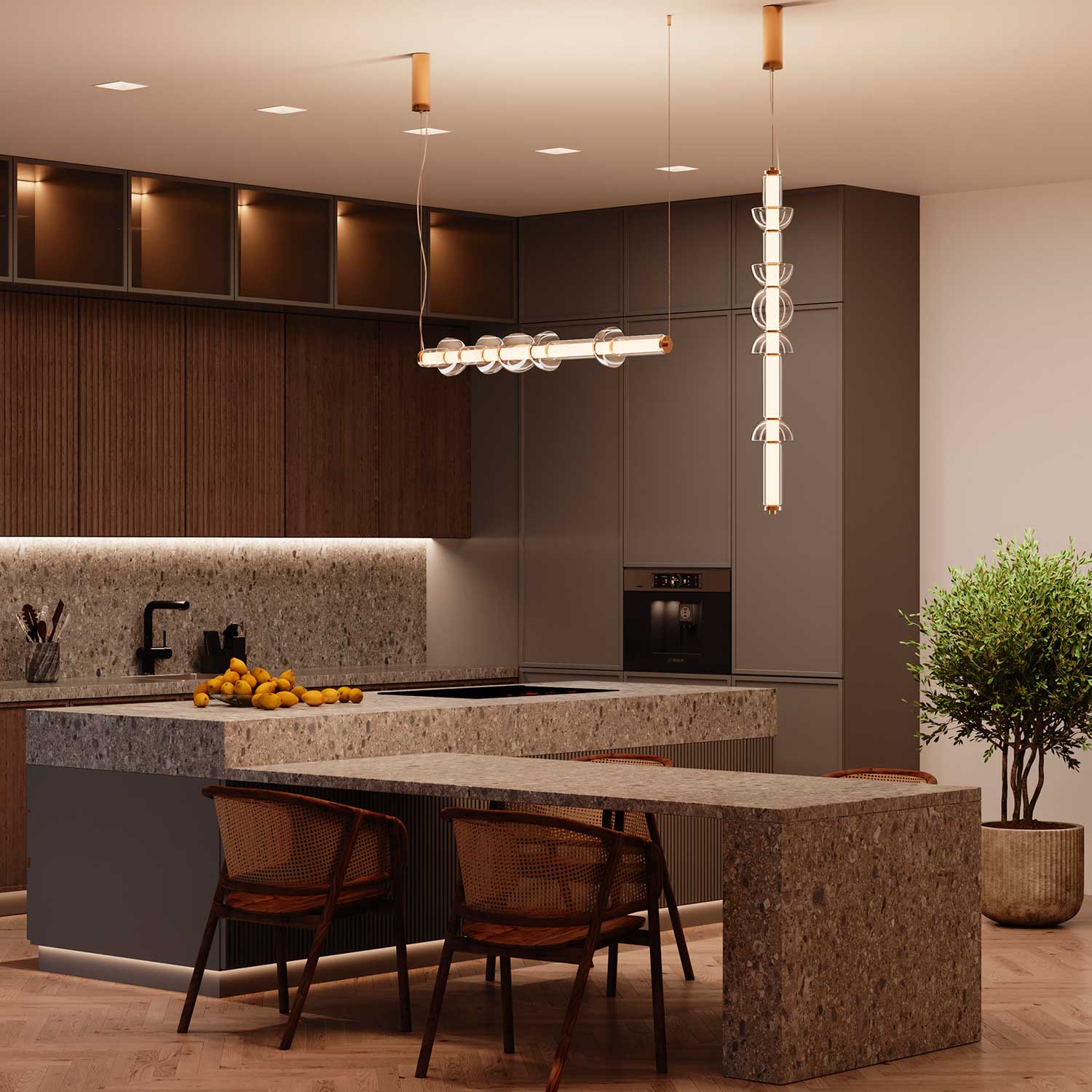
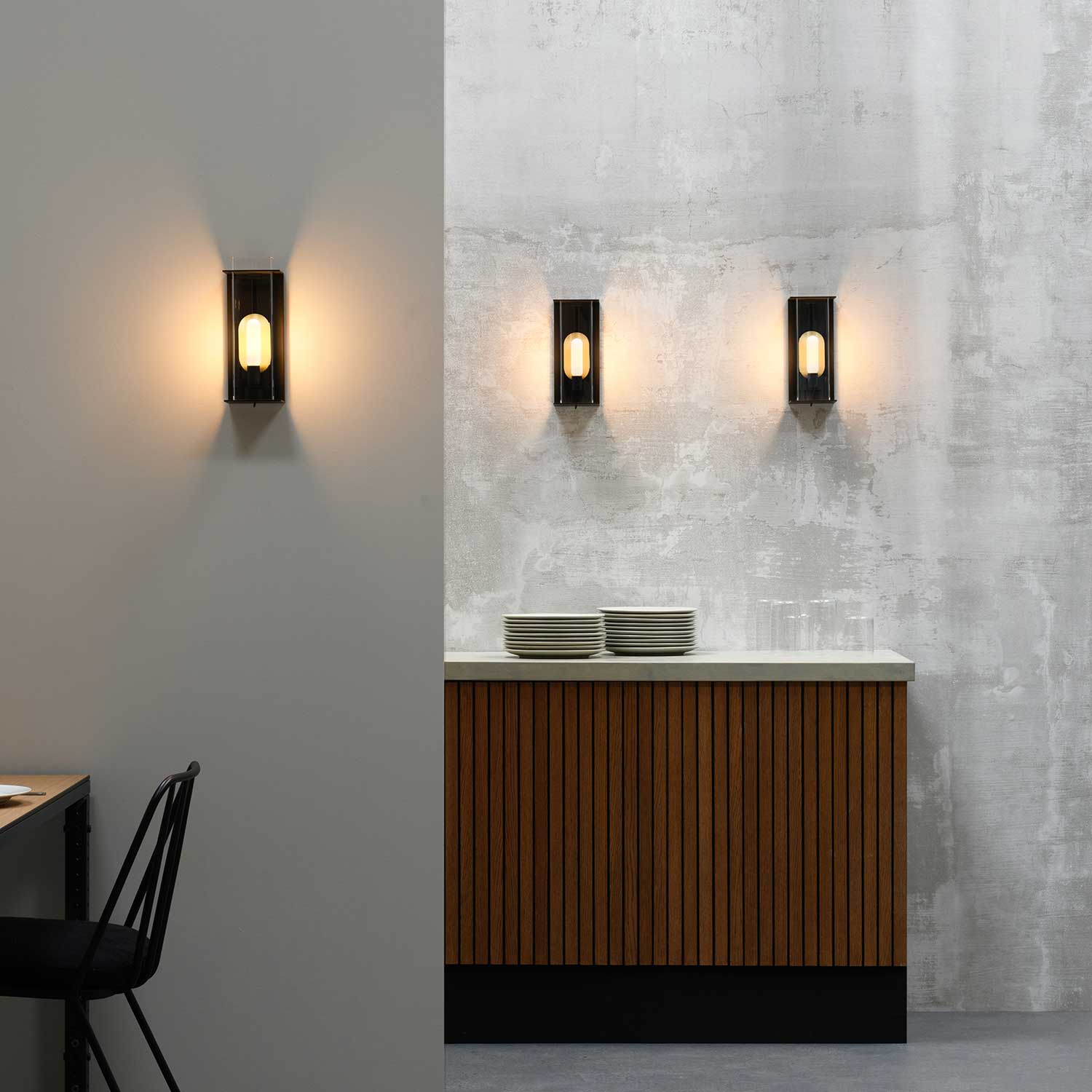
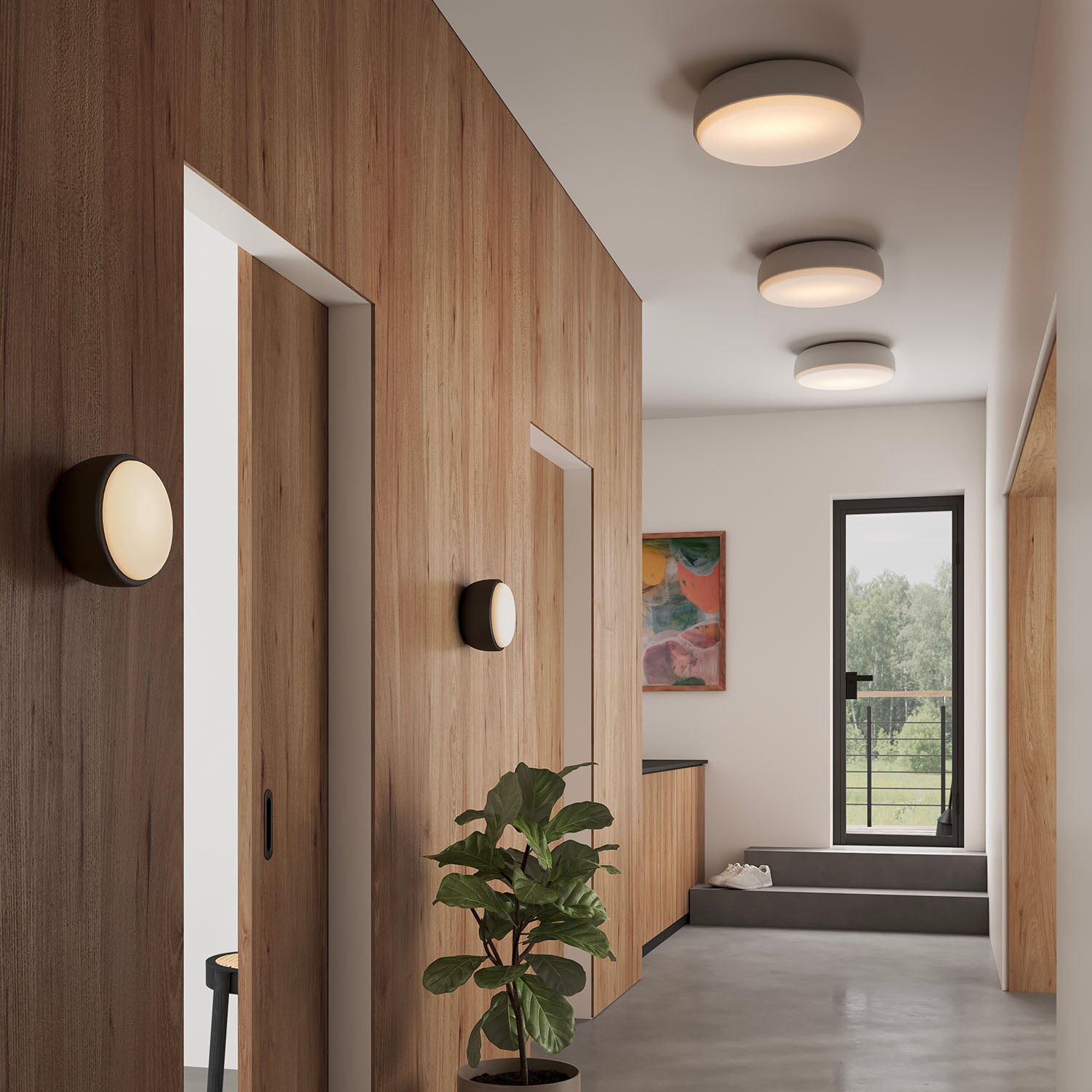

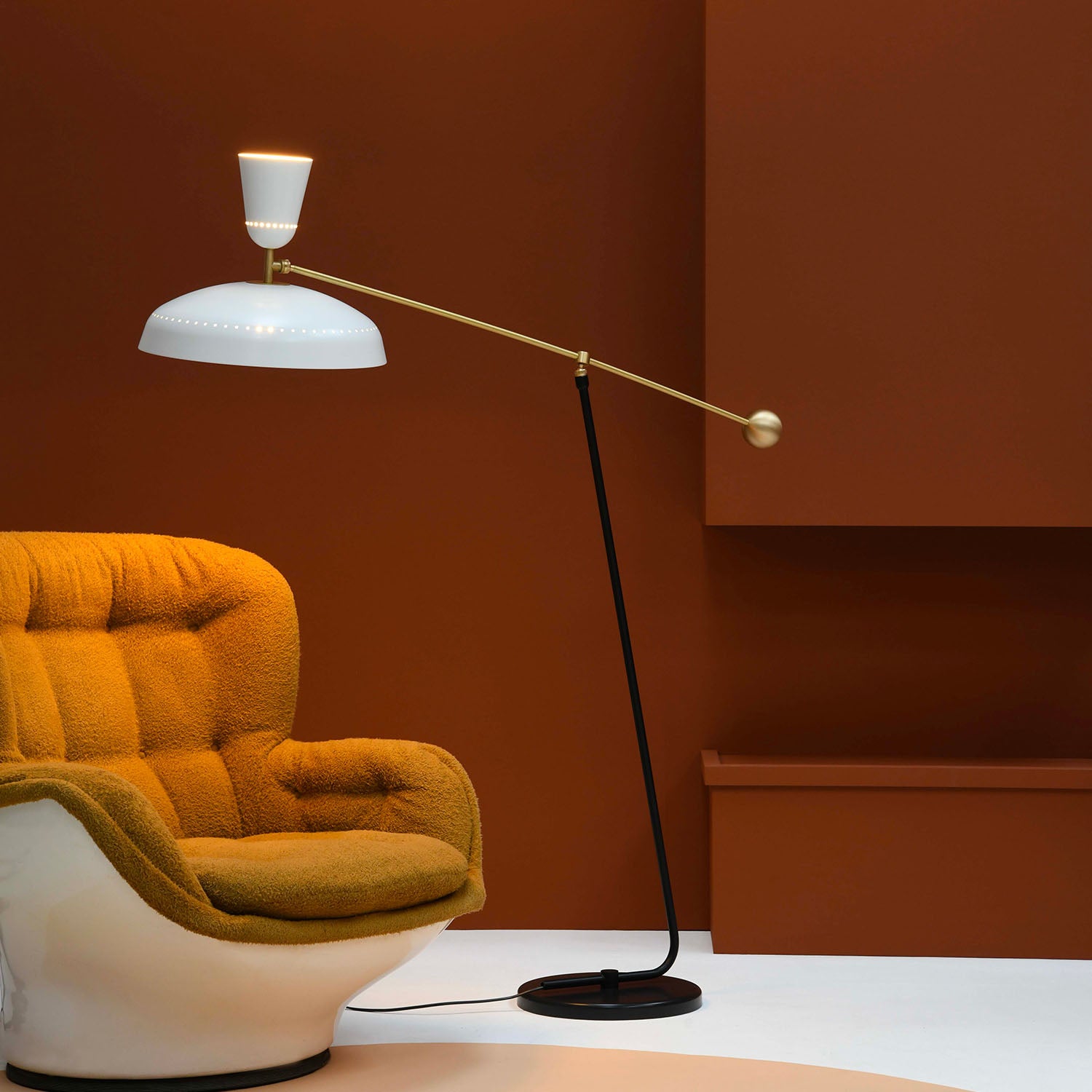
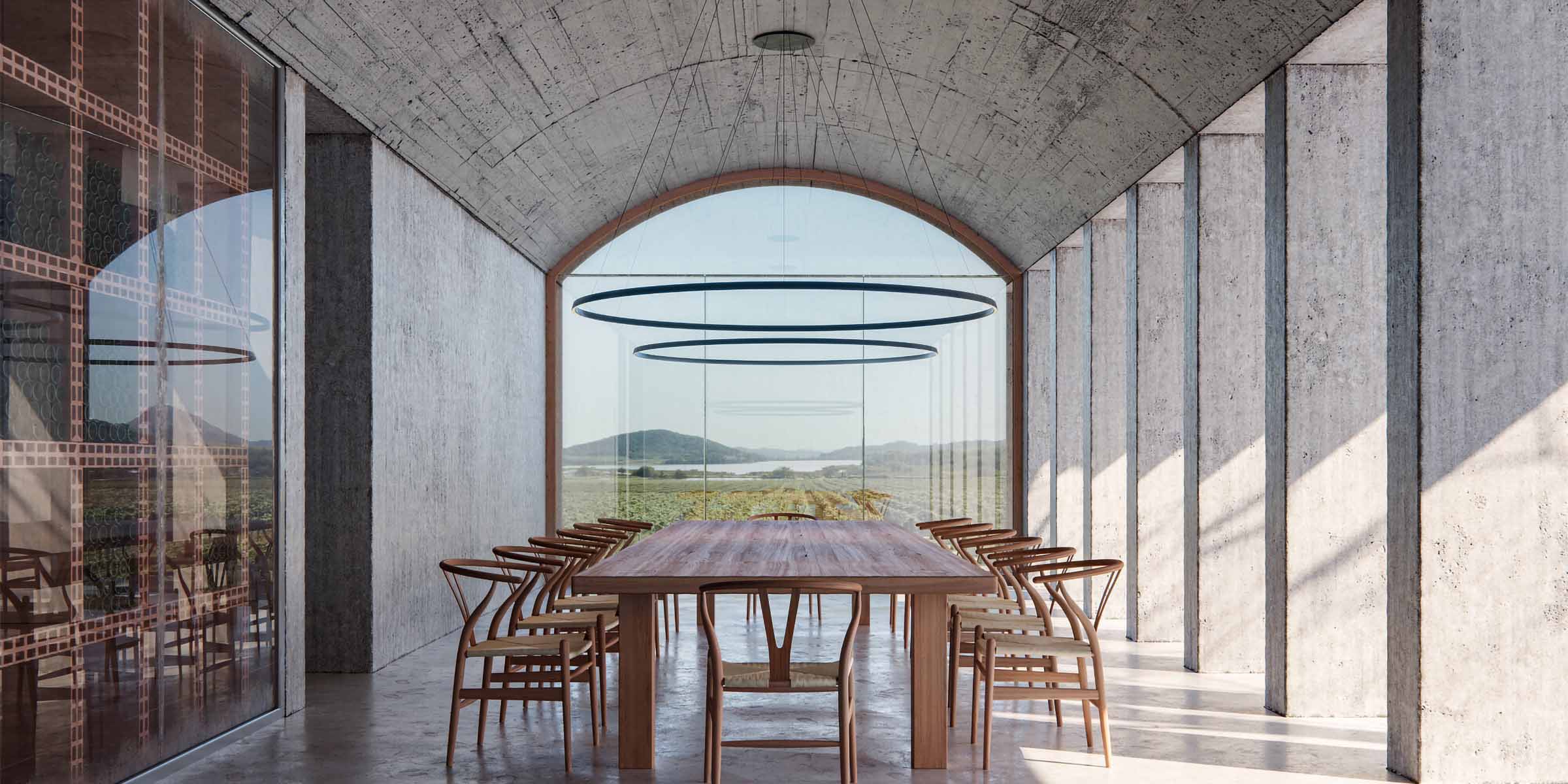
Leave a comment
This site is protected by hCaptcha and the hCaptcha Privacy Policy and Terms of Service apply.